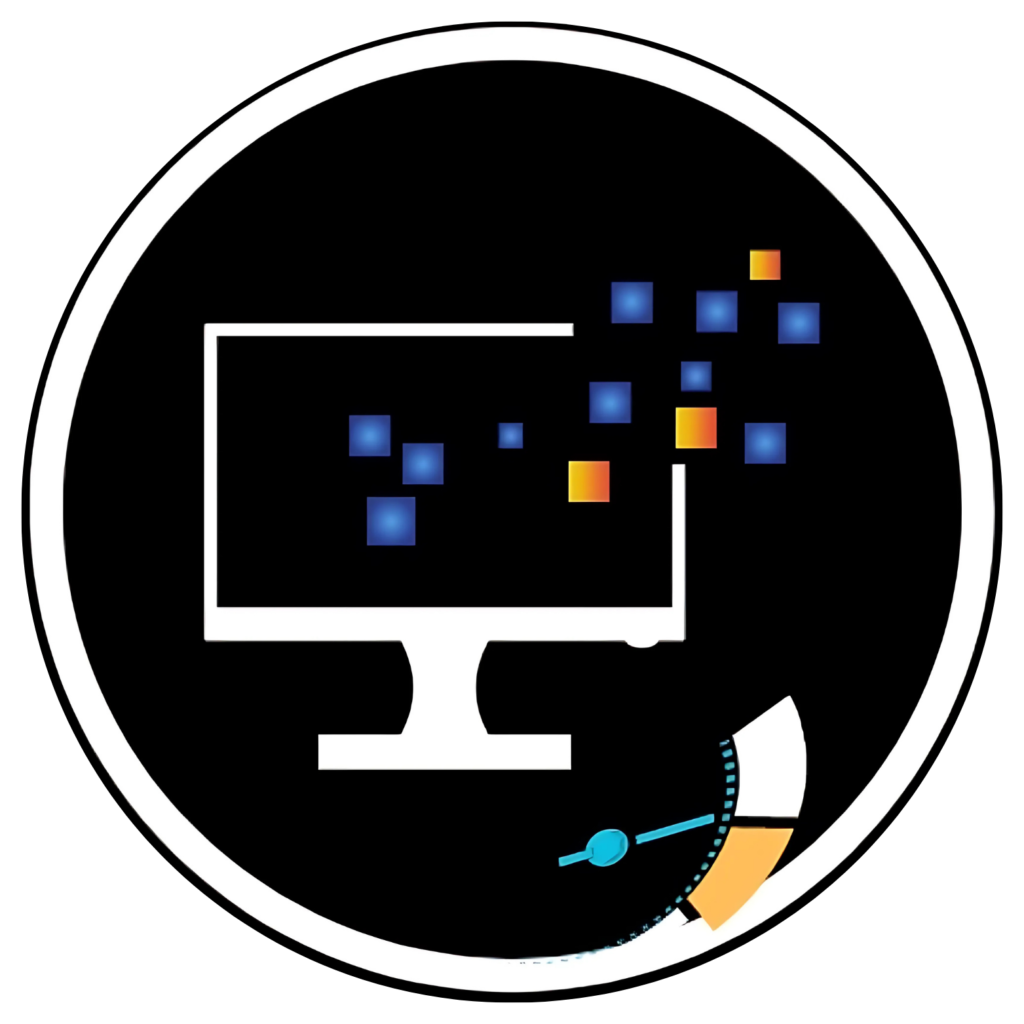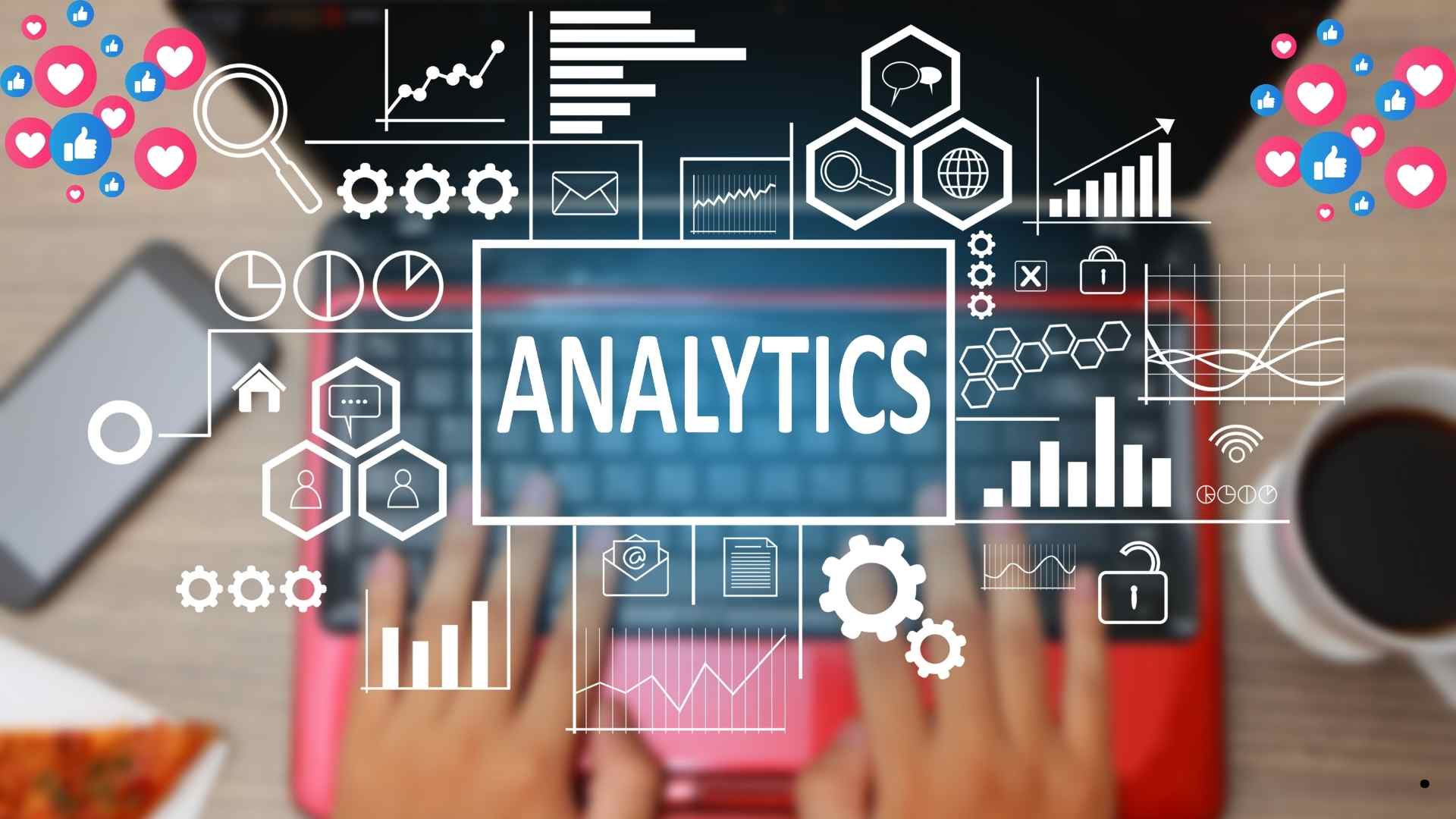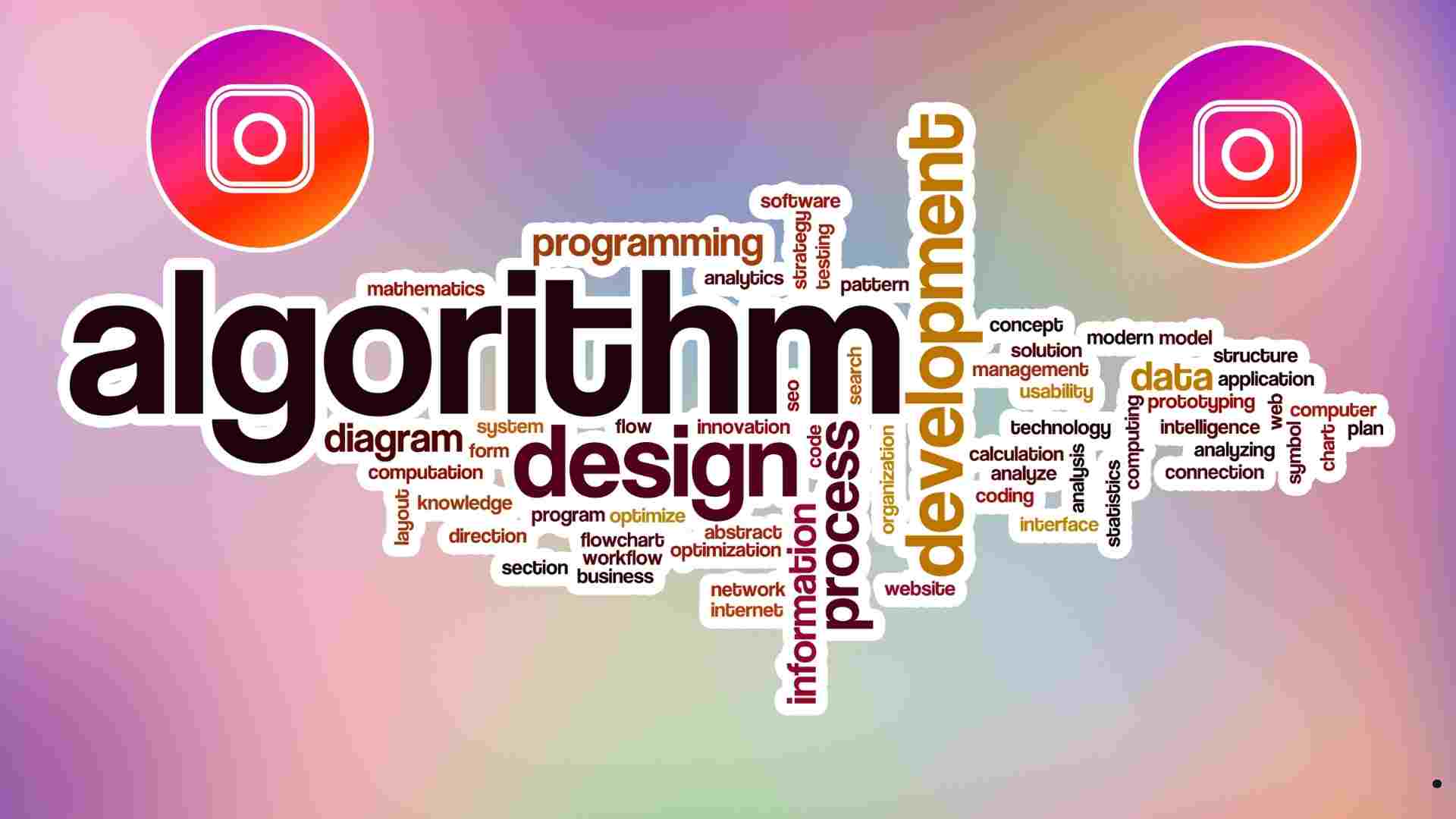How to Create a Content Calendar for Social Media: In today’s digital age, social media is no longer just a platform for sharing personal updates—it’s a powerful tool for businesses, brands, and influencers to connect with their audience, build relationships, and drive growth. However, managing multiple social media platforms can be overwhelming without a proper plan. This is where a social media content calendar comes into play.
A well-structured content calendar not only helps you stay organized but also ensures that your social media strategy aligns with your business goals. In this comprehensive guide, we’ll dive deep into how to create a content calendar for social media, covering everything from planning and execution to optimization and analytics. Whether you’re a beginner or an experienced marketer, this guide will equip you with the knowledge and tools to create a content calendar that drives results.
Table of Contents
1. What is a Social Media Content Calendar?
A social media content calendar is a strategic tool that helps you plan, organize, and schedule your social media posts in advance. It acts as a roadmap for your social media strategy, ensuring that your content is consistent, relevant, and aligned with your goals.
A content calendar typically includes:
- Content Ideas: Topics, themes, and campaigns.
- Posting Schedule: Dates and times for each post.
- Platforms: Where the content will be published.
- Content Formats: Text, images, videos, infographics, etc.
- Hashtags and Keywords: To improve discoverability.
- Analytics: Performance metrics for each post.
2. Why is a Content Calendar Essential for Social Media Success?
Here are some compelling reasons why every social media marketer needs a content calendar:
a) Consistency is Key
Posting regularly keeps your audience engaged and builds trust. A content calendar ensures you never miss a post, even during busy periods.
b) Saves Time and Effort
Planning ahead eliminates the need for last-minute content creation, reducing stress and improving efficiency.
c) Aligns Content with Goals
A content calendar helps you stay focused on your objectives, whether it’s increasing brand awareness, driving traffic, or generating leads.
d) Improves Content Quality
With a calendar, you have more time to brainstorm creative ideas, design visuals, and craft compelling captions.
e) Enhances Team Collaboration
A shared calendar makes it easier for teams to collaborate, assign tasks, and stay on the same page.
f) Tracks Performance
By scheduling and tracking posts, you can analyze what works and what doesn’t, allowing you to refine your strategy.
3. Step-by-Step Guide to Creating a Social Media Content Calendar
Step 1: Define Your Social Media Goals
Your content calendar should align with your overall social media goals. Common goals include:
- Increasing brand awareness
- Driving website traffic
- Generating leads and sales
- Boosting engagement (likes, comments, shares)
- Building a community
Set SMART goals (Specific, Measurable, Achievable, Relevant, Time-bound) to ensure clarity and focus.
Step 2: Understand Your Target Audience
To create content that resonates, you need to know your audience inside out. Ask yourself:
- Who are they? (Age, gender, location, interests)
- What are their pain points and challenges?
- What type of content do they prefer?
- When are they most active on social media?
Use tools like Google Analytics, Facebook Insights, and Instagram Analytics to gather data about your audience.
Step 3: Choose the Right Social Media Platforms
Not all platforms are created equal. Focus on the ones where your audience is most active:
- Facebook: Great for community building and ads.
- Instagram: Ideal for visual content and influencers.
- Twitter: Perfect for real-time updates and conversations.
- LinkedIn: Best for B2B and professional content.
- Pinterest: Excellent for DIY, fashion, and lifestyle brands.
- TikTok: Ideal for short, engaging videos.
Step 4: Conduct a Thorough Content Audit
Before creating new content, review your past posts to identify what worked and what didn’t. Look for patterns in:
- Engagement rates
- Click-through rates
- Best-performing content types
- Optimal posting times
This will help you refine your strategy and avoid repeating mistakes.
Step 5: Brainstorm Creative Content Ideas

Use these techniques to generate content ideas:
- Keyword Research: Use tools like Google Trends and AnswerThePublic.
- Competitor Analysis: See what your competitors are posting.
- Audience Feedback: Ask your followers what they want to see.
- Trending Topics: Stay updated on industry trends and news.
- Content Pillars: Create categories based on your niche (e.g., tutorials, testimonials, behind-the-scenes).
Step 6: Diversify Your Content Types and Formats
Keep your audience engaged by mixing different content types:
- Text Posts: Share tips, quotes, or announcements.
- Images: Use high-quality visuals to grab attention.
- Videos: Create tutorials, interviews, or product demos.
- Infographics: Simplify complex information.
- Stories and Reels: Leverage Instagram and Facebook features.
- Polls and Quizzes: Encourage interaction.
Step 7: Create a Posting Schedule That Works
Determine how often you’ll post on each platform. For example:
- Instagram: 3-5 times per week
- Twitter: 5-10 times per week
- LinkedIn: 2-3 times per week
Use a calendar tool or spreadsheet to map out your posts for the month.
Step 8: Leverage Content Calendar Tools and Templates
Here are some popular tools to create and manage your content calendar:
- Google Sheets/Excel: Simple and customizable.
- Trello: Great for visual planning and collaboration.
- Hootsuite: Allows scheduling, analytics, and team management.
- Buffer: Ideal for small businesses and startups.
- CoSchedule: Perfect for advanced planning and automation.
Step 9: Monitor, Analyze, and Optimize
Track the performance of your posts using analytics tools. Key metrics to monitor include:
- Engagement rate
- Reach and impressions
- Click-through rate
- Conversions
Use this data to refine your strategy and improve future content.
4. Advanced Tips for Optimizing Your Content Calendar
- Plan Around Seasonal Trends: Include holidays, festivals, and events in your calendar.
- Use Hashtags Strategically: Research and use relevant hashtags to increase visibility.
- Repurpose Content: Turn a blog post into a video or an infographic to save time.
- Engage with Your Audience: Respond to comments and messages to build relationships.
- Stay Flexible: Be ready to adapt to unexpected changes or trends.
5. FAQs How to Create a Content Calendar for Social Media
Q1: How often should I update my content calendar?
A: Update your calendar weekly or monthly based on performance and trends.
Q2: Can I automate my social media posts?
A: Yes, tools like Hootsuite and Buffer allow you to schedule and automate posts.
Q3: How do I handle last-minute changes?
A: Keep some buffer content ready and stay flexible to accommodate urgent updates.
Q4: What’s the best way to organize a content calendar?
A: Use color-coding, labels, and categories to keep your calendar easy to navigate.
Q5: How do I measure the success of my content calendar?
A: Track metrics like engagement rate, reach, clicks, and conversions using platform analytics or third-party tools.
6. Conclusion: Take Your Social Media Strategy to the Next Level
A well-planned social media content calendar is the backbone of a successful social media strategy. By following the steps and tips outlined in this guide, you can create a calendar that not only saves time but also drives engagement, builds brand awareness, and achieves your business goals.
Remember, consistency and adaptability are key. Regularly review your calendar, analyze performance, and make adjustments as needed. With the right approach, your content calendar will become a powerful tool for social media success.
Start creating your content calendar today and watch your social media presence soar!





